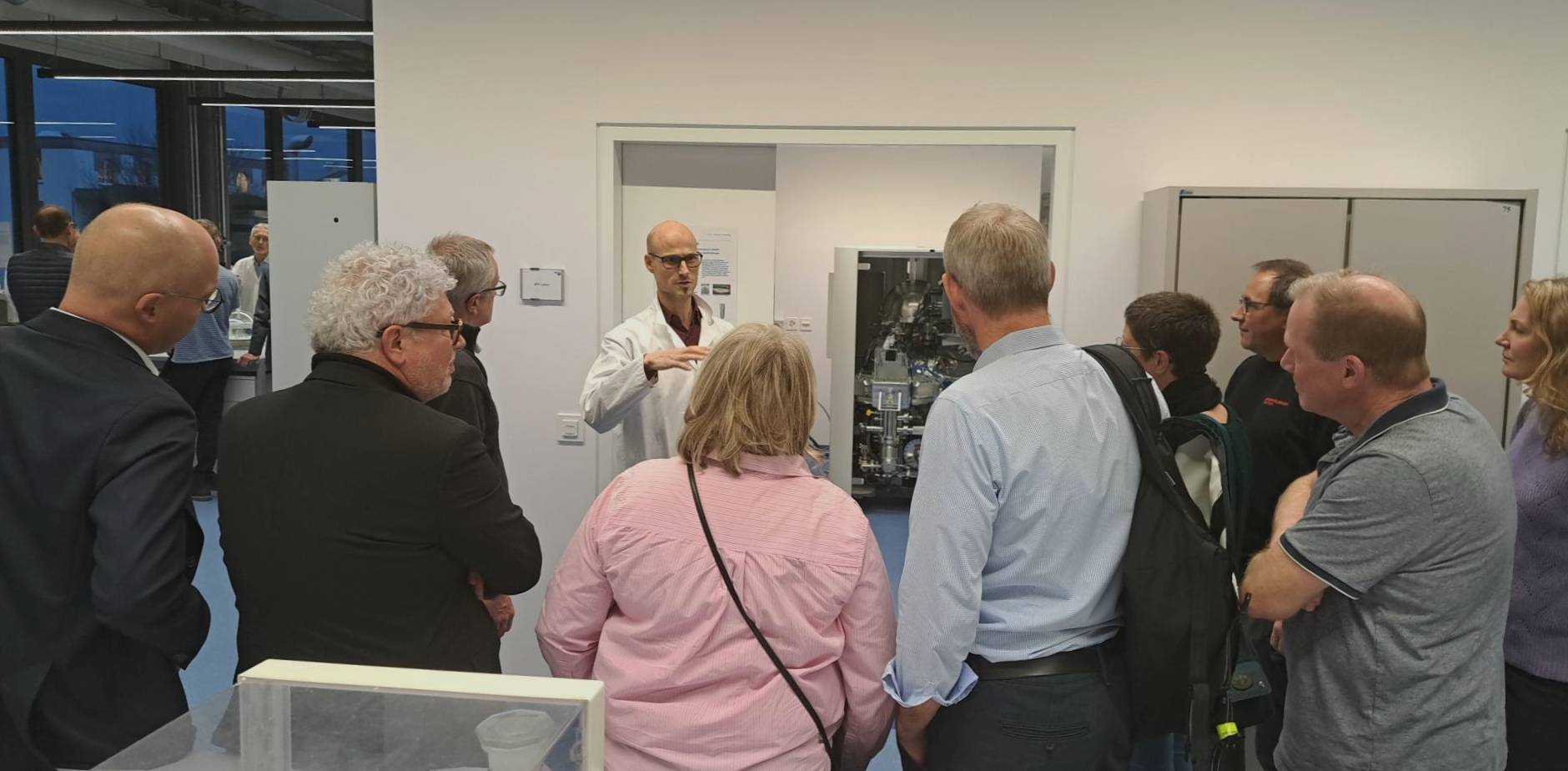RMS Foundation
Robert Mathys-Strasse 1
2544 Bettlach
Switzerland
Phone +41 32 644 2000
Our material testing is tailored to your needs and stands for the highest reliability. With state-of-the-art technology and proven methods, we ensure that your material is thoroughly and accurately tested. Our competent team has extensive expertise and years of experience to guarantee precise and meaningful results.
Trust our expertise when it comes to individual testing requirements, quality, and care. Your satisfaction and the success of your project are our top priorities!.
The properties of a material are determined not just by its chemical composition but also by its structure and microstructure. Our metallography experts are here to support you with the analysis and assessment of the following parameters:
Is the composition correct? How much hydrogen does your steel contain? We are glad to address these and other questions using the following methods:
Are heavy metals present in your sample? How high is the iron content of your electrolyte? Or which plasticizers are present in a polymer?
We will conduct a trace analysis for you, using state-of-the-art analytical methods like:
Our mechanical testing offers a comprehensive analysis of various mechanical properties of your materials. We evaluate both standard and special samples.
Our team of experts works flexibly and precisely to ensure that all relevant parameters are accurately recorded and evaluated.
With our chemicophysical tests, we can give you a comprehensive insight into the properties of your materials:
Discuss your concerns with our experts. They will be happy to help you determine the best course of action.
You are welcome to drop off your samples. Just give us a quick call beforehand and we’ll take care of them. Depending on our workload, we’ll process them right away. If it's extremely urgent, we also offer express services.
We usually process smaller orders within 10 working days (within the limits of our technical and human resources). Contact us for clarification of prioritized processing for an additional charge. For larger projects, we will be happy to propose a customized schedule.
We usually communicate the test results to you in the form of a test certificate. If desired, we can prepare a more detailed report for you in which we can statistically process and interpret the results and/or make recommendations. We will be happy to send you both with a digital signature.
As an ISO/IEC 17025 accredited laboratory, confidentiality is our top priority. Further information on how we handle your data can be found in our General Terms and Conditions. Please contact us regarding additional protective measures for particularly sensitive data.
Since 1995, the services of our materials testing laboratory have been accredited according to ISO/IEC 17025. Our QM system is ISO 9001 certified.
Here you will find our latest blog posts.

RMS Foundation
Robert Mathys-Strasse 1
2544 Bettlach
Switzerland
Phone +41 32 644 2000
E-Mail
The RMS Foundation will be closed from 24 December 2025 through 2 January 2026. We will be pleased to assist you again from Monday, 5 January 2026.
Subscribe to our Info-letter, and we will inform you about 10 times a year about current developments in the fields of material testing, research, and knowledge transfer.